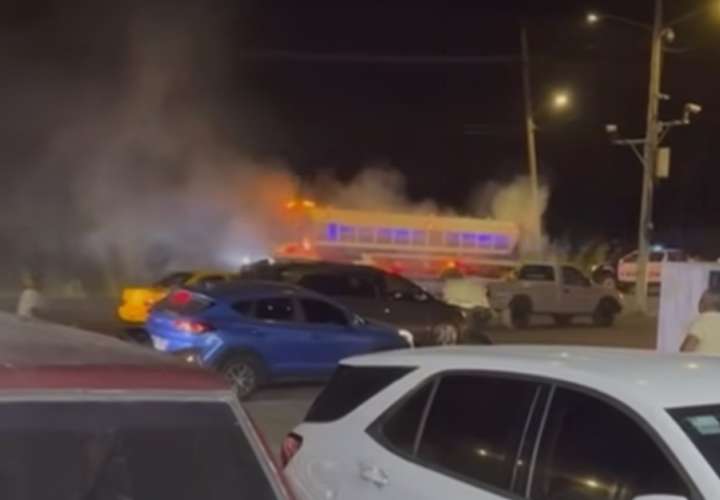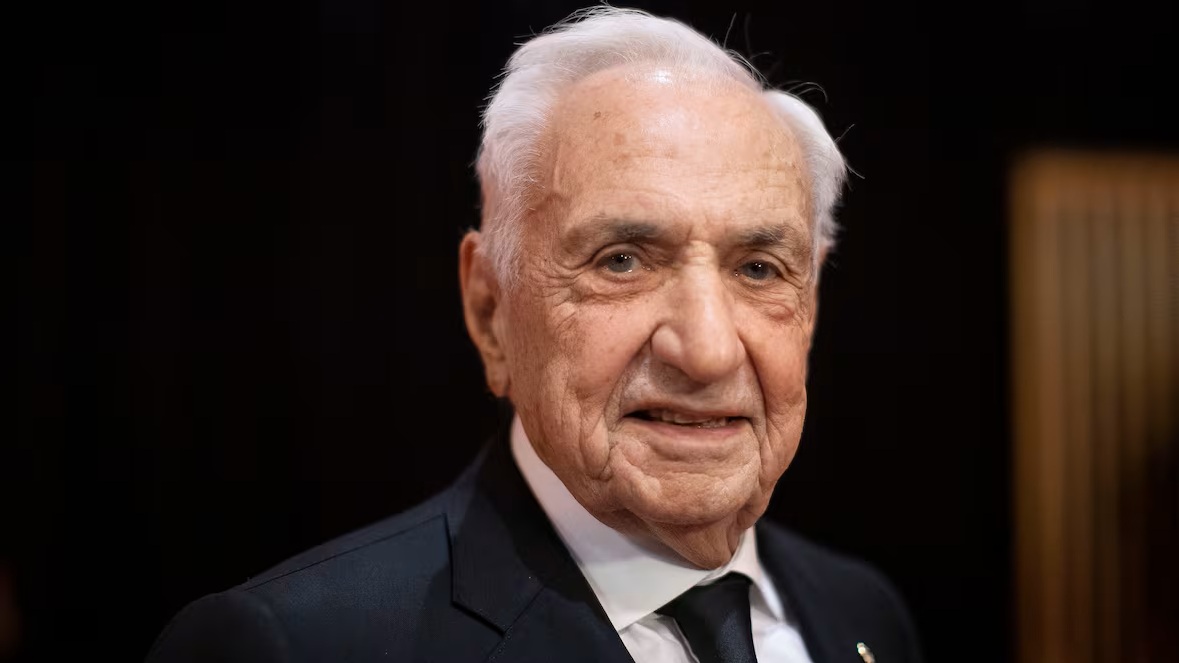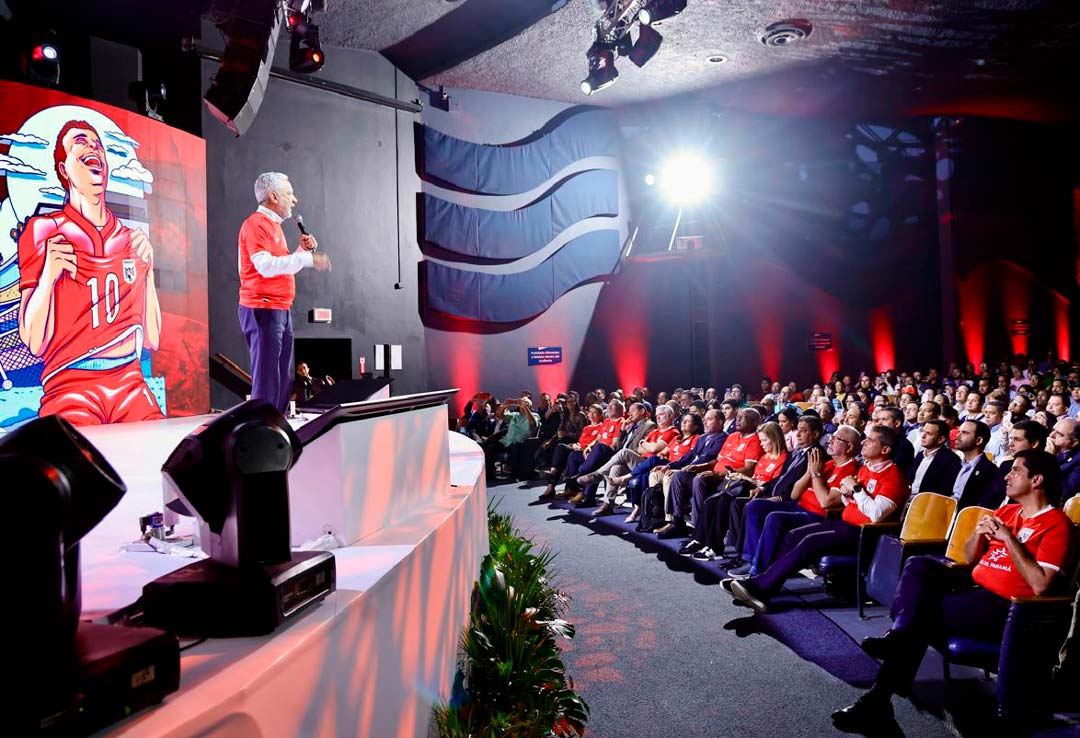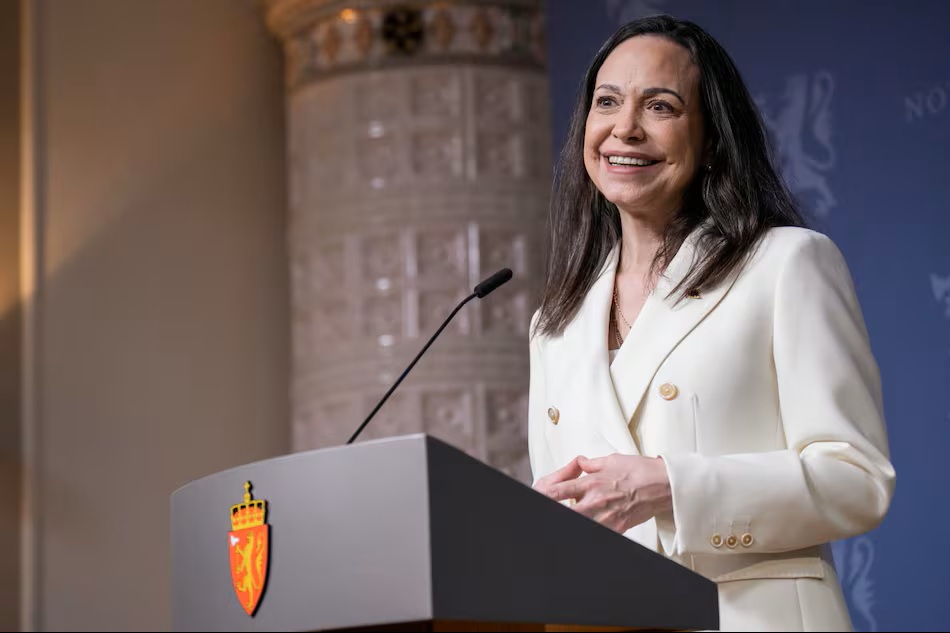Metro bus service driving down the wrong path

On October 22, 2006, Panamanians overwhelmingly approved in a referendum the modernization of the Panama Canal, to improve its service to world cargo transport.
The next day, on October 23, a bus caught fire in La Cresta killing 18 passengers, who were killed by a corrupt and inefficient mass transit system that was tied to political allegiances of all kinds.
Their deaths were not in vain, since they inspired the citizen struggle and the change of public opinion in favor of a new collective transport system writes Rodrigo Noriega in La Prensa
The government of President Martín Torrijos (2004-2009) was not able to take advantage of the crisis to transform the transport sector, since many of its most prominent figures were members of the ruling party.
It was up to President Ricardo Martinelli (2009-2014) to initiate the reform, first with the indemnification of the carriers, today subjected to a complex judicial process for embezzlement and the creation of a joint venture called Mi Bus.
The first error was the design of the urban passenger transport service as a financially profitable company since this service is usually provided by States or municipalities with subsidies, due to the great social benefits that they represent for their population.
In what was perhaps the best public policy initiative of the government of President Juan Carlos Varela (2014-2019) , control of Mi Bus was assumed by the State and an administrator was sought from the best companies in the world in terms of public transport – systems of many cities in the United States, as well as school transport, the famous Greyhound bus chain and the London metropolitan buses, the famous red double-decker buses.
The company professionalized Mi Bus, trained drivers and mechanics, organized workshops and raised the quality of life for all citizens of the capital. The company terminated its contract and Mi Bus remained in the hands of politicians.
Maintenance allergy
The Panamanian State is allergic to maintenance. For this reason, garbage trucks, police patrols, and ambulances are lacking. For the same reason, the metro buses began to run out of parts, and then those that were stopped were cannibalized so that some semblance of the fleet could circulate.
The budget structure of the Mi Bus company is poorly organized since, if it were to do the right thing, it would have adequate funds for maintenance and to renew the fleet.
This is done by setting up a small annual reserve that feeds into a trust for these purposes. The truth is that, according to some versions, about 300 metro buses are out of service, other versions speak of 40% of the fleet.
Whatever the real number is, we’ve got a big problem. Metrobuses are essential for Panama City to function. The Metro needs them to complete the last mile and many humble workers depend on the Metro Bus to get to their jobs on a daily basis.
Without this transport, there would be no nurses available punctually in hospitals, nor would there be cashiers or clerks in supermarkets and pharmacies.
Many would have to depend on pirate buses to keep their jobs or, in the extreme case, stop working because they don’t have the money to pay for alternative transportation.
The government of President Laurentino Cortizo does not have funds available to meet these pressing needs. For this reason, you have to look for other sources of funds.
The current government has an 80 million dollar project to widen the España road from the Porras road to the Cinquantenario road. The objective of this project is the establishment of dedicated lanes for the Metro Bus.
New buses
In a circumstance where there are not enough metro buses, this project does not make sense, therefore this money should be used to buy about 350 to 400 metro buses including parts and maintenance.
To speed up the operation, the government can ask the National Bank of Panama to finance the purchase of the vehicles that will take 6 to 12 months to arrive. Meanwhile, the 30 trunk routes that were abandoned must be returned to users.
I was told by a lady who normally uses only one bus to go to work, that she had to make two transfers and on the last bus she boarded, she had to enter through the back. This hadn’t happened to him since the red devils were eliminated.
The Mi Bus company needs more money to be more viable and it also needs an autonomous structure like the Panama Canal and the Tocumen International Airport.
It should not matter who is in government, just a technically managed organization. The vast majority of the metro bus fleet will need to be replaced in the next four years. This is a very strong investment for an impoverished state. It is also a very smart investment for an economy that needs to be more competitive.
If the replacement of metro buses is well-coordinated, electric buses should be purchased, since this reduces fuel costs, and maintenance costs and greatly improves the quality of life of users and inhabitants of Panama City.





